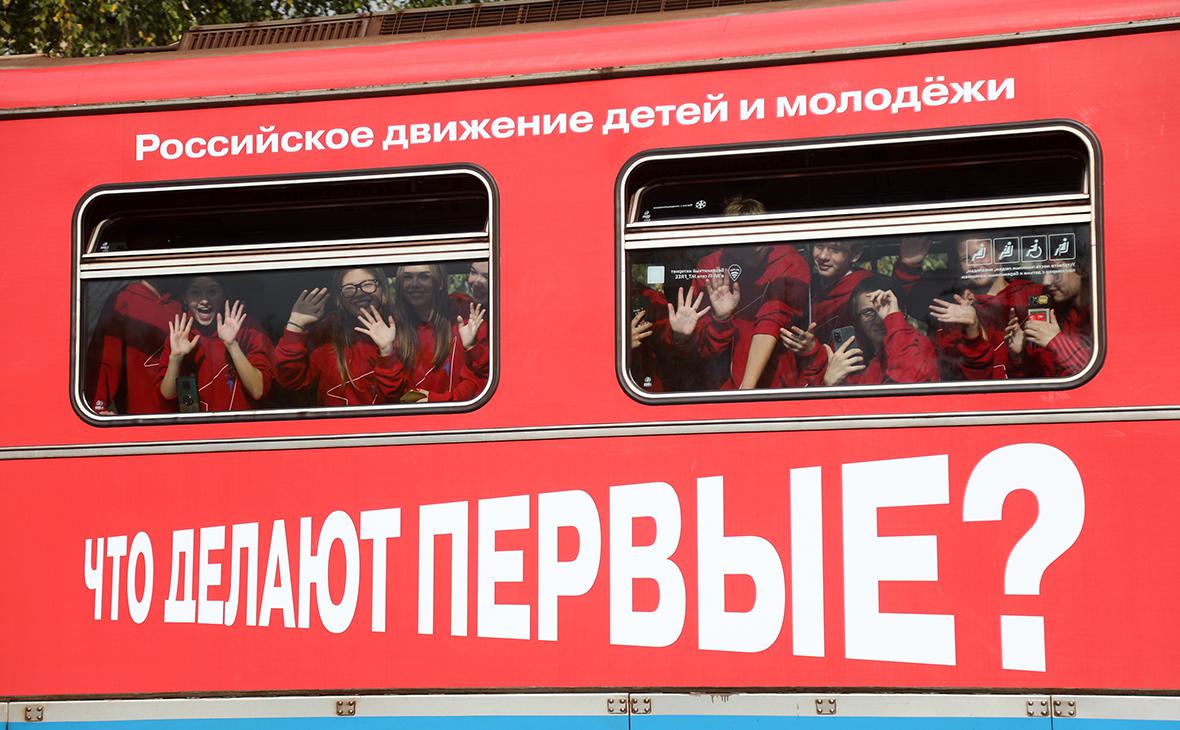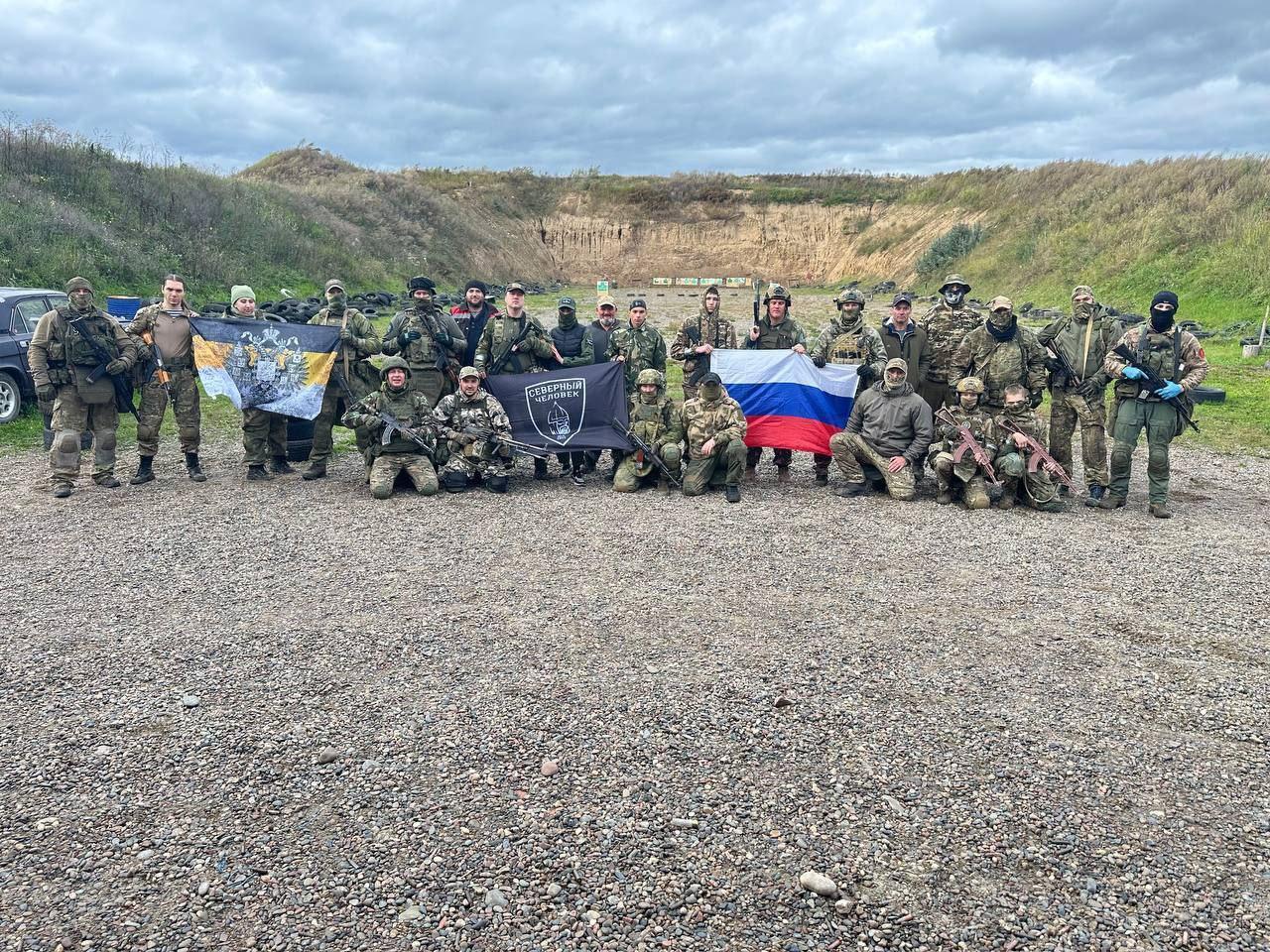
Ukrainian Protests Against the Steinmeier Formula—A View From the Ground
Ukrainian Protests Against the Steinmeier Formula—A View From the Ground
“No to Capitulation” protests have swept Ukraine after the country’s delegation to the Minsk Contact Group agreed, on October 1, to the implementation of the so-called “Steinmeier Formula” for the resolution of the Donbas conflict and the withdrawal of forces in two frontline locations (Zolote and Petrivske). Initial information on what exactly was signed was notably sparse, and the government’s belated attempts to shed light on the issue failed to prevent thousands of Ukrainians from coming out into the street to denounce the Steinmeier Formula as a disguised capitulation and surrender plan.
Contrary to the frequent (and overstated) characterization in the international media that the current protests have been hijacked by far-right groups and nationalists, the demonstrators’ concerns about the future peace plan span the social spectrum. According to polls, the majority of Ukrainians wants peace but are not indifferent to the terms under which a settlement is reached. Importantly, the concerns are being voiced not so much about the Steinmeier Formula itself but the way in which it may be implemented. Many assume the actual execution will not match the agreed-upon text. While the majority of Ukrainians undoubtedly view the West as their country’s strategic anchor, when it comes to relations with Russia the West is not fully trusted, and the credibility of the plan (originally put forward by then–German Foreign Minister Frank-Walter Steinmeier) is low (Umland, October 2). For the last five years, Ukrainian society has nervously watched various Western moves to accommodate Russia, including restoring Moscow’s voting rights in the Council of Europe’s Parliamentary Assembly, French President Emmanuele Macron’s rhetoric about Russia as an irreplaceable European power, and Germany’s unyielding stance on the Nord Stream Two natural gas pipeline.
A deep-seated fear within society is that international pressure will compel the Ukrainian government to accept the results of Russian-shepherded “elections” in occupied Donbas as well as force Kyiv to then automatically grant a special status to Donetsk and Luhansk, regardless of the fairness of those elections (see EDM, October 10). The Organization for Security and Cooperation in Europe (OSCE), which is to monitor this vote, does not enjoy unreserved Ukrainian support due to frustration over the organization’s perceived toothlessness or even outright pro-Russian bias. The OSCE falling prey to Moscow’s agenda seems quite plausible to many of the protesters. They complain that while the war was triggered entirely by Russian aggression, the proposed resolution becomes solely a Ukrainian burden, forcing their country to undertake asymmetric concessions detrimental to Ukraine’s statehood. Under pressure from Paris, Berlin and Moscow, Donbas becomes Kyiv’s internal problem (see EDM, October 10).
The Kremlin has conditioned the upcoming meeting in the Normandy format (Ukraine, Russia, Germany, France) on the withdrawal of forces from the contact line. At the same time, Russia linked the freeing of additional prisoners with the Normandy summit, thus raising the pressure on the Ukrainian president to conduct the meeting. President Volodymyr Zelenskyy is eager to demonstrate Ukraine’s commitment to reinvigorate and eventually reach a breakthrough in the conflict resolution process by withdrawing his forces should the ceasefire last for at least seven days (Focus, October 7). This idea was criticized by pro-Ukrainian locals living along the frontline of government-controlled Donbas, who worry about their territory becoming part of an insecure gray zone following the pull-back of Ukrainian troops.
The protests are also fueled by what is perceived as, at best, a mixed political record of Zelenskyy’s team. The new government has curtailed defense spending (ZN, October 5); and the president’s rhetoric on Donbas occasionally appears to echo Russian-originated narratives, whether incautiously, or because he instrumentalizes them against his nationalist opponents. The concentration of power and disregard of legislative procedures have been worrisome, as well.
The large demonstrations indicate that Zelensky’s pledge to ensure the security solution (withdrawal of Russian forces) precedes the political aspect (“elections” in occupied Donbas) clearly has not resonated strongly enough. His team’s initial reaction further irritated activists: his chief of staff, Andriy Bohdan, opined that the protesters were “paid” by the opposition, while the president suggested they had been brainwashed by the media and artificially riled up. Zelenskyy and his team admitted that public communication has been their weakness but justified their secretiveness by the sensitivity of the negotiations (Hromadske, October 9). Zelenskyy asked that the Russian media not be rewarded with footage of protests, which could be exploited for propaganda purposes (ZN, October 13). He has also promised to personally address the safety of the people living in the frontline gray zone (ZN, October 1).
All pro-European parliamentarian factions in opposition to the president’s ruling Servant of the People party are presently united in their criticism of the signed agreement to the Steinmeier plan, with some characterizing it as a Moscow-sponsored trap. Former president Petro Poroshenko described the Steinmeier Formula as “Putin’s formula.” According to a statement put out by his European Solidarity party, this plan will lead to the legitimization of the Russian occupation of Donbas and annexation of Crimea (Radio Svoboda, October 1). Similarly, the Golos (Voice) party referred to the proposed plan as the “Putin-Steinmeier formula” (Golos, October 3). Yulia Tymoshenko’s Fatherland party called on the government to instead implement a “Ukrainian formula,” which would include the full demilitarization of Donbas, control over the border, and Ukrainian jurisdiction over the area (Facebook.com/YuliaTymoshenko, October 2).
Only the Opposition Platform For Life—Ukraine’s major pro-Russian and revanchist force—welcomed progress in the negotiations, in unison with Russian media. In its statement, the party declared that the previous Ukrainian authorities had failed to achieve the withdrawal of Russian forces and the reorganization of the electoral process since 2016; but both are finally about to happen (Zagittya.com.ua, October 1). The pro-Russian faction’s leader, Yuriy Boyko, warned that the “party of war [European Solidarity]” is irresponsibly demonizing the Steinmeier Formula (Facebook.com/official.yuriy.boyko, October 9).
Russian media outlets have for days been painting the protests as predominantly organized by Ukrainian radicals, and they have portrayed Kyiv’s acceptance of the Steinmeier deal as the only viable solution. These depictions are a part of the general Russian narrative of Ukrainian-Russian relations being held hostage by an aggressive minority of war-mongers in Ukraine.
Meanwhile, several hundred National Corps veterans have moved into the Zolote settlement, from where the Ukrainian army plans to withdraw, in order to defend the locals from separatist attacks, according to the group’s leader, Andriy Biletsky (ATR, October 8). Moreover, the Movement of the Veterans of Ukraine warned it would call for action if Ukrainian interests were endangered (Veterano.com.ua, October 4). If veterans and nationalist groups take over the core of the protests and unite in opposition to the president and government, political tensions in Ukraine could dangerously escalate.


